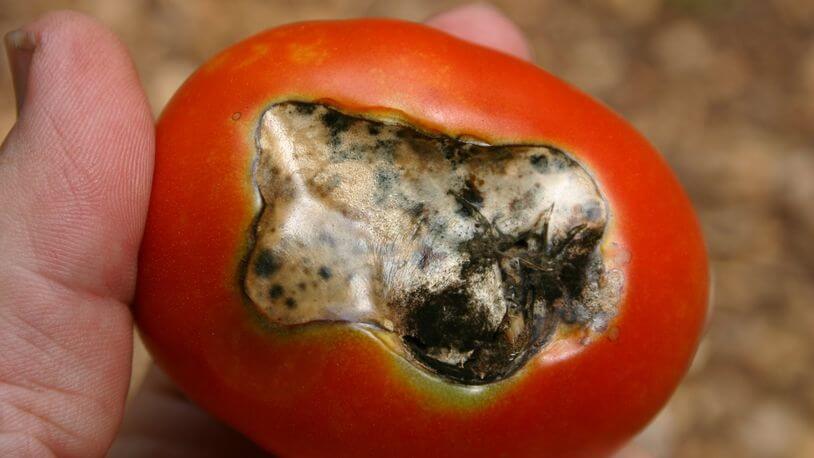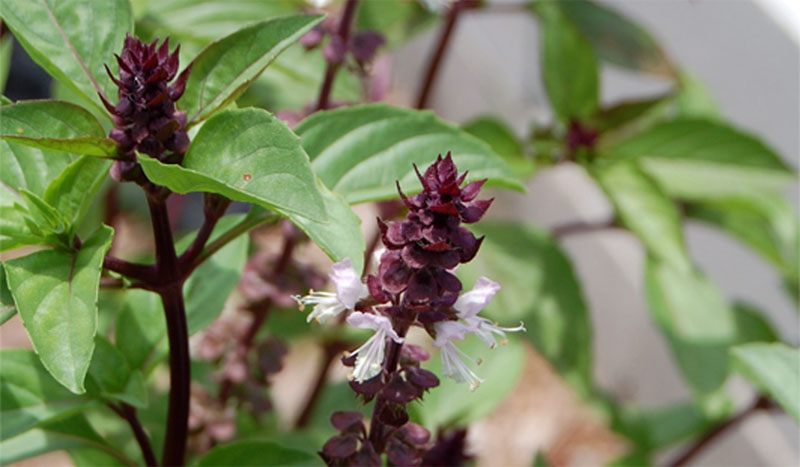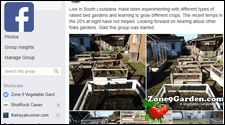Tomatoes are a popular and versatile fruit enjoyed by many gardeners and culinary enthusiasts around the world. However, one common problem that can plague tomato plants is blossom end rot (BER). Tomato blossom end rot is a physiological disorder that affects the fruit, causing dark, sunken lesions to develop on the blossom end, rendering them unattractive and inedible. This article aims to shed light on the causes, symptoms, and effective solutions for tomato blossom end rot, enabling gardeners to prevent and manage this frustrating condition.
Causes of Tomato Blossom End Rot
Tomato blossom end rot is primarily caused by a calcium deficiency within the developing fruit. However, this deficiency is often a secondary symptom of other underlying factors. Some key causes of tomato blossom end rot include:
- Inadequate Calcium Uptake: Insufficient calcium uptake by the plant’s roots can result from imbalanced soil pH levels, irregular watering practices, or excessive use of nitrogen-based fertilizers. These factors hinder the plant’s ability to absorb calcium, leading to blossom end rot.
- Fluctuating Moisture Levels: Inconsistent watering practices, such as alternating between periods of excessive moisture and drought, can disrupt the plant’s calcium uptake and transportation system. This irregularity impairs calcium movement within the plant, contributing to the development of blossom end rot.
- Environmental Factors: Extreme heat, excessive humidity, and intense sunlight can increase the evaporation rate of water from the plant’s leaves, leading to water stress. This stress affects calcium transport, resulting in blossom end rot.
Identifying Symptoms of Tomato Blossom End Rot
Detecting blossom end rot in tomato plants is crucial for timely intervention. The symptoms of tomato blossom end rot are quite distinct and can be easily identified. Common signs of blossom end rot include:
- Dark, Sunken Lesions: The affected tomatoes develop dark, leathery patches at the blossom end. These lesions start small and pale, eventually enlarging and becoming sunken and blackish-brown.
- Progression of Lesions: As the rot progresses, the affected areas may become softer, and secondary pathogens can invade, leading to decay and rotting of the entire fruit.
- Non-Systemic Nature: It’s important to note that tomato blossom end rot affects individual fruits rather than spreading to the entire plant. Healthy fruits on the same plant are not typically affected.
Effective Solutions for Tomato Blossom End Rot
While tomato blossom end rot can be disheartening, there are several strategies that gardeners can employ to prevent and manage the condition effectively. The following solutions can help alleviate or eliminate the occurrence of blossom end rot:
- Soil Testing and Amendments: Conduct a soil test to determine its pH level and calcium content. If the pH is too low or too high, adjust it to the optimal range of 6.0 to 6.8. Additionally, consider incorporating organic matter, such as compost, into the soil to enhance its structure and nutrient-holding capacity.
- Proper Watering Practices: Maintain consistent moisture levels in the soil by providing deep, regular watering to the tomato plants. Avoid overwatering or allowing the soil to become excessively dry. Mulching around the plants can help retain soil moisture and regulate temperature.
- Balanced Fertilization: Avoid excessive use of nitrogen-rich fertilizers, as they can disrupt calcium uptake. Instead, opt for fertilizers with balanced nutrient ratios, specifically formulated for tomatoes or vegetables. Additionally, consider using calcium supplements, such as crushed eggshells or commercial calcium sprays, to provide an additional source of calcium to the plants.
- Controlled Environmental Conditions: Shield the plants from extreme heat and direct sunlight by providing shade during hot summer days. Consider using row covers or shade cloth to reduce excessive heat stress.
- Timely Harvesting: Harvest tomatoes promptly as they reach maturity. Overripe or damaged fruits are more susceptible to blossom end rot. Regularly inspect the plants for any signs of rot or damage and remove affected fruits to prevent the spread of the condition.
- Disease Management: Prune diseased or damaged plant parts to minimize the risk of secondary infections. Additionally, practice crop rotation and avoid planting tomatoes in the same spot year after year to reduce the buildup of pathogens in the soil.
Conclusion
Tomato blossom end rot can be frustrating for gardeners, but with proper understanding and proactive measures, it can be effectively managed. By addressing the underlying causes of calcium deficiency, implementing appropriate watering practices, and providing optimal growing conditions, gardeners can prevent and minimize the occurrence of blossom end rot in their tomato plants. Remember to regularly monitor the plants for any signs of symptoms and take immediate action to remove and treat affected fruits. With care and attention, gardeners can enjoy bountiful harvests of healthy and vibrant tomatoes.






